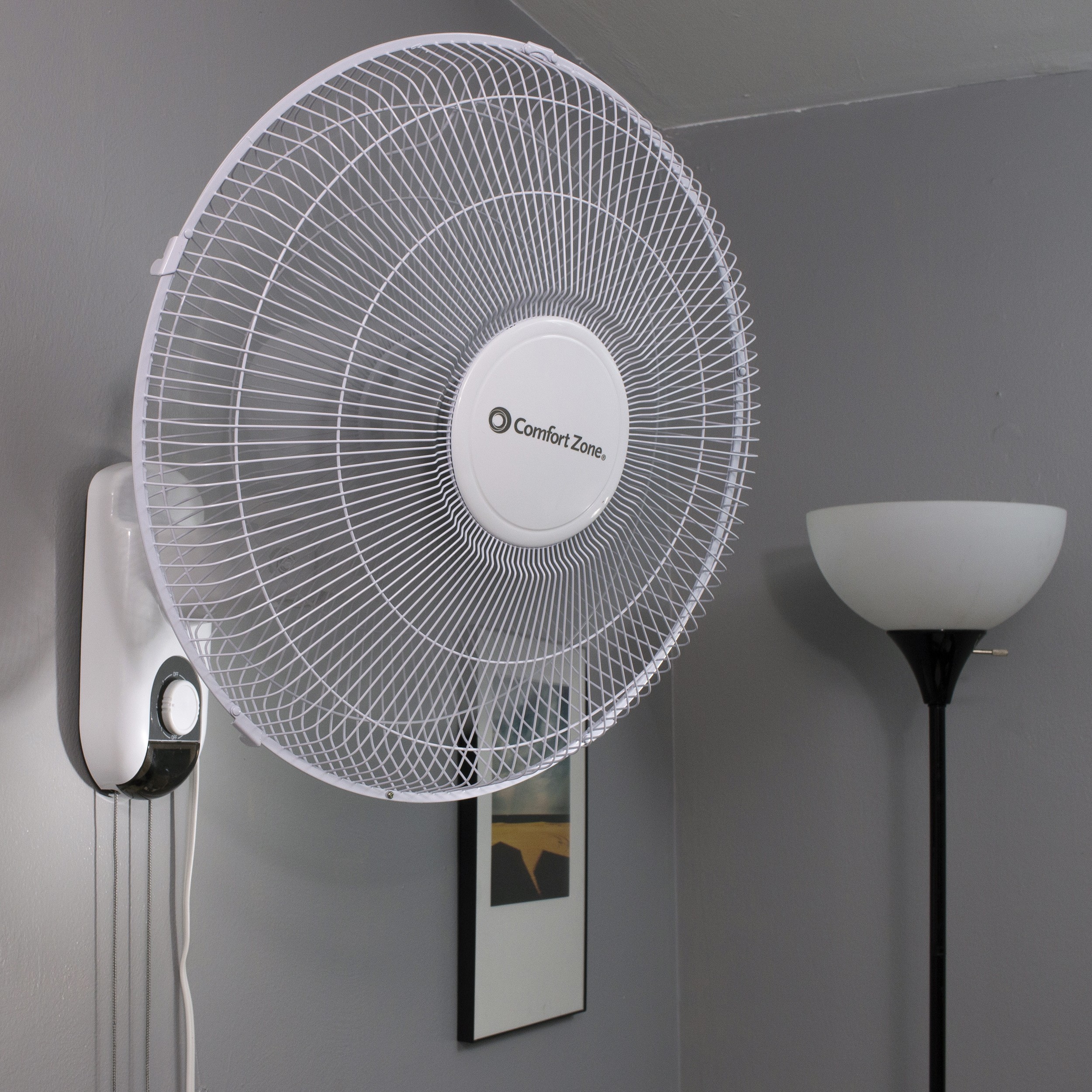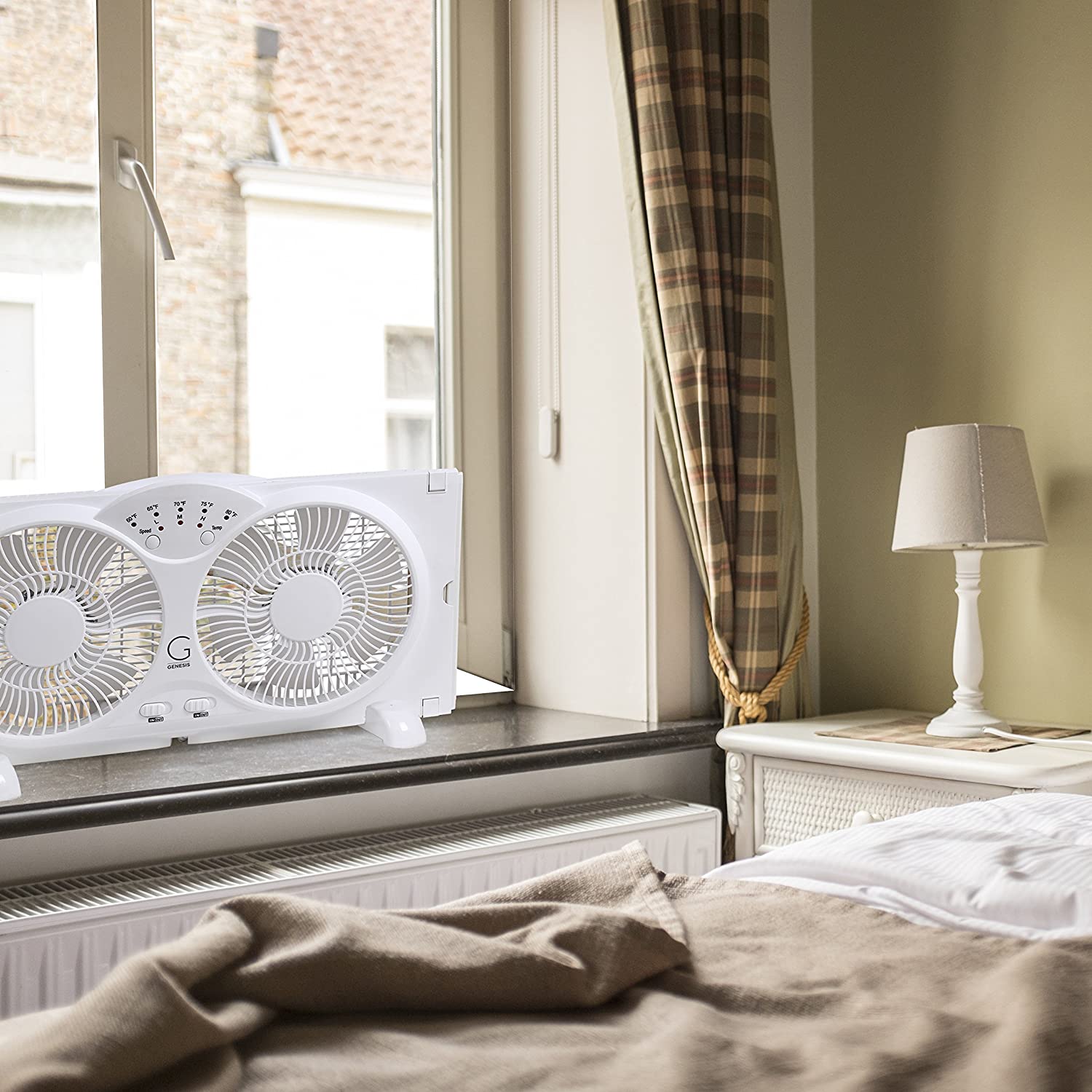Choosing the Right Window Fan for Your Bedroom: Best Window Fan For Bedroom

Finding the perfect window fan for your bedroom is essential for creating a comfortable and cool sleeping environment. It’s not just about finding a fan that moves air; it’s about selecting one that suits your specific needs and preferences.
Factors to Consider When Choosing a Window Fan
To ensure you get the best window fan for your bedroom, it’s important to consider several factors. These include:
- Room Size: The size of your bedroom is crucial. A larger room requires a more powerful fan with higher airflow. Consider the cubic footage of your bedroom to determine the appropriate fan size.
- Noise Level: Sleeping soundly is essential. Choose a fan with a low decibel rating, especially if you’re a light sleeper. Look for fans with adjustable speeds, allowing you to lower the noise level during sleep.
- Airflow: The amount of air a fan can move is critical. Higher airflow provides better ventilation and cooling. For larger rooms or those with poor ventilation, a fan with high CFM (cubic feet per minute) is recommended.
- Energy Efficiency: Window fans consume electricity. Choose a fan with an Energy Star rating for efficient operation and lower energy bills.
Types of Window Fans
Window fans come in various types, each with its advantages and disadvantages.
- Box Fans: These fans are simple and affordable. They typically have a rectangular shape and are designed to fit directly into a window. They offer good airflow but can be noisy.
- Tower Fans: Tower fans are sleek and space-saving. They offer a more concentrated airflow and often come with features like oscillation and remote control. However, they may not be as powerful as box fans.
- Oscillating Fans: Oscillating fans move the air in a wider range, distributing coolness throughout the room. They are ideal for larger spaces but may not be as efficient as non-oscillating fans.
- Fans with Remote Controls: These fans provide convenient control from a distance, allowing you to adjust speed, oscillation, and other settings without leaving your bed.
Measuring Your Window for Proper Fit
Ensure you choose a fan that fits your window perfectly. Measure the width and height of your window opening, taking into account any window trim or molding. Consider the depth of your window to ensure the fan fits snugly.
Top-Rated Window Fans for Bedrooms

Best window fan for bedroom – Choosing the right window fan can significantly improve the comfort and air circulation in your bedroom. To help you find the best fit for your needs, we’ve compiled a list of top-rated window fans, considering factors such as airflow, noise level, energy efficiency, and price.
Top-Rated Window Fans for Bedrooms, Best window fan for bedroom
These window fans have consistently received positive reviews and are known for their performance, features, and value.
| Fan Model | Key Features | Pros | Cons | Average Price Range |
|---|---|---|---|---|
| Honeywell QuietSet Whole Room Fan | 3-speed settings, oscillation, remote control, sleep mode | Quiet operation, powerful airflow, multiple settings | Can be bulky for smaller windows | $50-$80 |
| Lasko 20-Inch Wind Curve Oscillating Window Fan | 3-speed settings, oscillation, adjustable louvers, remote control | Wide coverage, affordable price, easy to use | Can be noisy at higher speeds | $30-$50 |
| Vornado 630 Whole Room Air Circulator | 3-speed settings, oscillation, powerful airflow, compact design | Powerful airflow, effective for large rooms, compact design | Can be noisy at higher speeds | $80-$120 |
| Holmes 16-Inch Oscillating Window Fan | 3-speed settings, oscillation, adjustable louvers, remote control | Affordable, easy to use, good airflow for smaller rooms | Can be noisy at higher speeds | $20-$30 |
Using Your Window Fan Effectively

Once you’ve chosen the perfect window fan for your bedroom, it’s time to make sure you’re using it effectively to maximize its cooling power and enjoy a comfortable sleep. Proper installation, regular cleaning, and a few smart strategies can significantly improve your window fan’s performance and make a big difference in your bedroom’s temperature.
Installing and Using Your Window Fan
Installing your window fan correctly is crucial for optimal airflow and cooling. Here’s a step-by-step guide:
- Choose the Right Window: Select a window that faces the prevailing wind direction. This will allow the fan to pull in cool air from outside and exhaust hot air from your bedroom.
- Secure Installation: Ensure your window fan is securely installed in the window frame, using the provided brackets or mounting hardware. A wobbly fan can create noise and potentially fall out.
- Proper Positioning: Position the fan so that it’s angled slightly downwards, allowing for efficient air circulation. The fan should be positioned to push air out of the window if you want to cool your room, and pull air in if you want to bring in fresh air.
- Consider Your Room’s Layout: If you have a small bedroom, a smaller fan might be sufficient. For larger rooms, a larger fan with multiple speeds may be necessary. The fan should be placed in a strategic location to maximize airflow throughout the room.
- Use a Timer: Consider using a timer to turn your window fan off during the night, especially if you’re concerned about noise or energy consumption. A timer can help regulate airflow and maintain a comfortable temperature while you sleep.
Maintaining Your Window Fan
Regular cleaning and maintenance are essential for keeping your window fan running smoothly and efficiently. Here are some tips for keeping your window fan in top condition:
- Clean the Blades: Dust and debris can accumulate on the fan blades, reducing airflow and efficiency. Regularly wipe the blades with a damp cloth to remove any buildup. Use a mild detergent if needed.
- Inspect the Motor: The motor is the heart of your window fan. Make sure it’s free of dust and debris. If you notice any unusual sounds or vibrations, consult the manufacturer’s instructions or a qualified technician.
- Check the Grill: The grill protects the fan blades and can also accumulate dust and debris. Clean the grill regularly with a damp cloth or a vacuum cleaner with a brush attachment.
- Lubricate the Bearings: Some window fans have bearings that require lubrication. Refer to the manufacturer’s instructions for details on how to lubricate the bearings. Proper lubrication will help reduce noise and extend the life of your fan.
- Store Properly: When not in use, store your window fan in a dry, clean place to prevent dust and moisture damage. Cover it with a dust cover or a sheet to protect it from dust and debris.
Reducing Noise Levels
While window fans are generally quieter than other types of fans, they can still produce some noise. Here are a few tips for reducing noise levels:
- Choose a Quiet Model: Some window fans are specifically designed to be quieter than others. Look for models with noise reduction features, such as sound-dampening materials or blades with a unique design.
- Use a Fan Speed: Adjust the fan speed to the lowest setting that provides adequate airflow. Higher speeds often generate more noise.
- Position the Fan: Experiment with different positions to find the one that minimizes noise. For example, placing the fan away from your bed or in a corner can help reduce noise levels.
- Add Sound-Dampening Materials: Consider using sound-dampening materials, such as foam or rubber, to reduce noise. You can place these materials around the fan or on the window frame to absorb sound vibrations.
